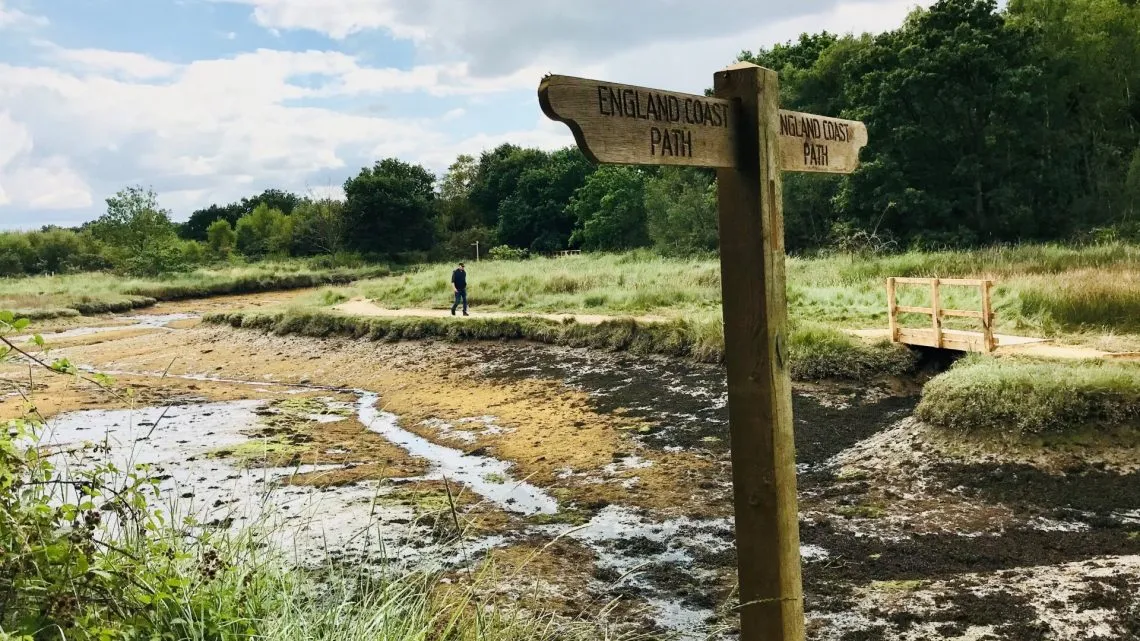
Two sections of England coast path open
Two sections of the recently renamed King Charles III England Coast Path have opened today (10 May).
The opening of the 36-mile-long section from Tarleton Lock in Preston to Pier Head Ferry Terminal in Liverpool brings the total walkable miles of the King Charles III England Coast Path in the North West to 120.9 miles.
The trail and associated coastal land will be publicly accessible, allowing walkers to access a wide range of coastal terrain, such as beaches, dunes and cliff tops, passing through picturesque towns, villages and Bootle Docks before heading into Liverpool, Britain’s fourth biggest city.
Passing the historic Liver Building and the statue of the city’s most famous sons, the Beatles, this new part of King Charles III England Coast Path ends at Pier Head Terminal.
In addition, a further 21 miles of the King Charles III England Coast Path will open simultaneously at Filey Brigg in North Yorkshire.
Starting just north of Bridlington near the Coast Guard Station, the route passes along the gently undulating low chalky cliffs rising to the world famous Flamborough Head, with its high stacks and cliffs, the most northerly chalk cliffs in the UK.
It is the first section to open in the East Riding of Yorkshire and the last section to open in North Yorkshire. It completes 50 miles of coastal path within the county.
Environment Minister Trudy Harrison said: “Our Environmental Improvement Plan sets out a commitment for every household to be within a 15-minute walk of a green space or water. The King Charles III England Coast Path is a significant part of this commitment, and the opening today is a fitting tribute to His Majesty the King following the celebrations last weekend.”
Once completed, the King Charles III England Coast Path will be the longest-managed coastal walking route in the world. Walkers and people who enjoy exploring the coast use the National Trails website to plan their visits.
The two coastal path openings bring the total to 851 miles across the country, with 2,700 miles being fully walkable by the end of 2024.






